Top 5 Singers & Bands of the 1940s
A curated list of my favorite musical artists of a bygone era.
Whether you are already an avid listener of 1940s music or bored of your current playlist and looking to expand your horizons, this list will go into depth on my top picks for artists of the iconic forties. With my generation (Gen Z) rediscovering shooting on film and listening to “retro” sounding artists like Lana Del Rey, we are searching to feed our anemoia.
Well, pour yourself a daiquiri, put on “Casablanca,” and let’s get into it!
5. The Andrew Sisters
We are starting the list off with three sisters that tied the forties with a big bow and wrapped it up with a sparkling sound. LaVerne, Maxene, and Patricia Andrews’ talent for getting an audience to dance, comes across just as lively as it did eighty years ago. Being featured on some of the biggest names’ albums like Bing Crosby and Les Paul, the Andrew Sisters were everywhere for a reason. With hits like “Boogie Woogie Bugle Boy” and “Rum and Coca Cola,” their electrifying music gets you tapping your toes, whether it be on the dancefloor or in the car. Although the 1940s were a very serious time in America, with World War Two raging on and everyone licking their wounds from The Great Depression, The Andrew Sisters’ upbeat sound lifted spirits.
My pick: “Corns for My Country” featured on the film “The Hollywood Canteen.”
Why: The historical importance of not only this song, but the film it is featured in, is extremely interesting. Solely focusing on The Andrew Sisters, their performance of this song showcases the star power and stage presence these women had. Complaining about their feet hurting while waiting at the canteen, this song and performance is all too relatable for anyone in the service industry.
Side note: For everybody interested in old Hollywood and World War Two, I recommend the podcast “You Must Remember This” hosted by Karina Longworth. She has an episode specifically on The Hollywood Canteen and the propaganda of the time.
4. The Ink Spots
Slowing it down, for a sentimental reason, The Ink Spots have a very special place in my heart, for they were the first band that exposed me to 1930s and 1940s music. I discovered them from my grandfather’s record collection and I remember the first time I heard “If I Didn’t Care.” The Ink Spots beautiful harmonies and intros filled with soft strumming, quickly captures you and transports you to a moment in time you never thought existed. Paired with a rainy day and a cup of hot coffee, The Ink Spots music is truly magical. Their most popular song “I Don’t Want to Set the World on Fire” is only the tip of the iceberg when it comes to their music. With their composition, spoken bridges, and melodies only varying slightly between songs, The Ink Spots heartbreaking lyrics are what gives them a spot on this list with hits like “Maybe” and “We’ll Meet Again.”
My pick: “Whispering Grass (Don’t Tell the Trees)”
Why: Written by Doris and Fred Fisher, I love the personification they used to describe a typical “don’t kiss and tell” scenario through the gentleness of nature and humorous “babbling trees.” Bill Kenny’s alluring vocals propel the song forward, creating a hauntingly beautiful sound that reflects the breezy imagery.
3. Harry James
Big band baby! Trumpet playing band leader, Harry James, gives you that full, all encompassing, blow the roof off the joint, 1940s sound. From knockout hits like “It’s Been a Long, Long Time” featuring Kitty Kallen to “I’ve Heard that Song Before” featuring Helen Forrest, James’ music is filled with extravagant crescendos and cinematic lyrics. I can wholeheartedly say that Harry James’ sound is a masterpiece to the ears. With a mentality of more is more, his music coincides perfectly with Hollywood’s golden age extravaganza.
My pick: Although “Sleepy Lagoon” is a close second with its enchanting tone, I’d have to say my number one pick is “I Had the Craziest Dream.”
Why: Being a cinephile, I find this song to be on the same caliber as a Hollywood epic. Taking a whole minute and twenty-two seconds before the lyrics come in, the sultry trumpet sets the stage for a sweet confession that is portrayed in a total 1940s, it-girl fashion.
2. Billie Holiday
Speaking of it-girls, I would be doing a disservice to all my subscribers if I didn’t mention Lady Day herself. One of the most iconic voices in jazz, if not the most, is Billie Holiday. Being a household name, Holiday’s profound and tragic life reflects authentically in her music. Nowadays, you may come across “Solitude” as a trending audio on instagram reels or “I’ll Be Seeing You” in a Nicholas Sparks’ movie (which is at least exposing my generation to the unmatched talent of Billie Holiday in one way or another,) but her songs deserve to be listened to in full. Whether it be a lighthearted, twinkling piano or brassy instrumentation, Billie Holiday’s voice turns any ditty into a romantic symphony.
My pick: “On the Sunny Side of the Street”
Why: With many renditions of this song, I biasedly state, “Nothing tops Billie Holiday.” Recorded in 1944, her unexpected vocal inflections and unique phrasing take the listener on a joyride. With lyrics like “I’ll be rich as Rockefeller” and “gold dust at my feet,” you can’t help but smile, pour yourself a dry martini, and feel the immediate need to book a room at The Plaza Hotel in New York.
P.S. I realized that “Summertime” and “Easy Living” are disqualified from this list (being recorded in the 1930s…womp, womp, woooommmppp. We’ll get ‘em next time, guys.)
And the number one is…
1. Jimmy Dorsey & His Orchestra
If this list is your first exposure to 1940s music or not, you may have a few questions on this one. Who is Jimmy Dorsey? Why not Frank Sinatra or Bing Crosby or Louis Armstrong? Do you mean Tommy Dorsey?
Let’s get into it!
Jimmy Dorsey is a big band leader, saxophonist, clarinetist, composer, and his music is bound to set your soul on fire. The reason I didn’t choose legends like Frank Sinatra, Bing Crosby, or Louis Armstrong is for multiple reasons. Their musical careers spanned many decades and let’s be honest, their music is timeless. I am solely focusing on artists that transport me to the era of wartime radio and victory rolls.
Jimmy Dorsey is the older brother of Tommy Dorsey, another famous musician and band leader. While Tommy gets honorable mention on the list for classics like “I’ll Never Smile Again” and many other beautifully composed hits, Jimmy Dorsey & His Orchestra take the cake for me. The best way I can put it is Tommy Dorsey’s music is what you listen to on a rainy morning, heading into work, while Jimmy Dorsey’s music is what you listen to on a foggy night, heading into a hole in the wall or better yet, somewhere you shouldn’t be. Listen to his song “Tangerine” and you’ll understand what I mean.
Many of his songs like “Amapola” keep true to his style: They start out with a dotting male vocalist, then the band picks up just enough to get you dancing, and finally to end it all, a female lead swoops in, switching the perspective of the lyrics. In my opinion, I think Jimmy Dorsey’s music has crafted the perfect femme fatale persona, as his music lures the listener in with its sultry instrumentation and mysterious singers. With his lyrics remaining pretty repetitive and vague, sung by male first, then female after, Jimmy profoundly exposes us to the unignorable truth that words have a whole new meaning depending on who says it, or should I say…sings it. Forgetting the lyrics, the energized instrumental breaks are a treat, rather than filler (and this is coming from someone with a short attention span.) I just adore his use of instrumentation. If you are a fan of Lana Del Rey, you will be able to appreciate and see the similar vibes that Jimmy Dorsey & His Orchestra share- in a polished, 1940s way of course.
My pick: “Green Eyes”
Why: Starting off with a bang, you can just imagine a red, velvet curtain slowly opening, and the crowd holding their breath as the song begins. With a slinky sway, the vocals carry ingeniously through the tune, letting it build in the most dynamic way. Bob Eberly and Helen O’Connell’s voices balance each other’s energy while challenging the song's intentions. Eberly’s heartfelt interpretation of the lyrics draw you in, while O'Connell's nonchalant modulations keep you hooked until the end. Lastly, the instrumentation steals the show at just the right moments, then acts as an echo, making room for the “main characters’ lines.” All in all…an underrated masterpiece.


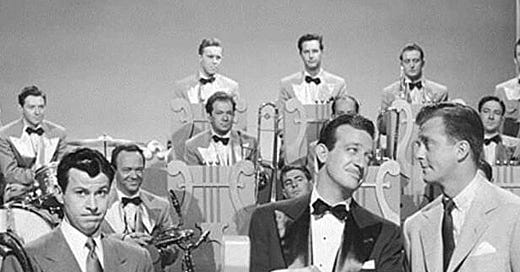


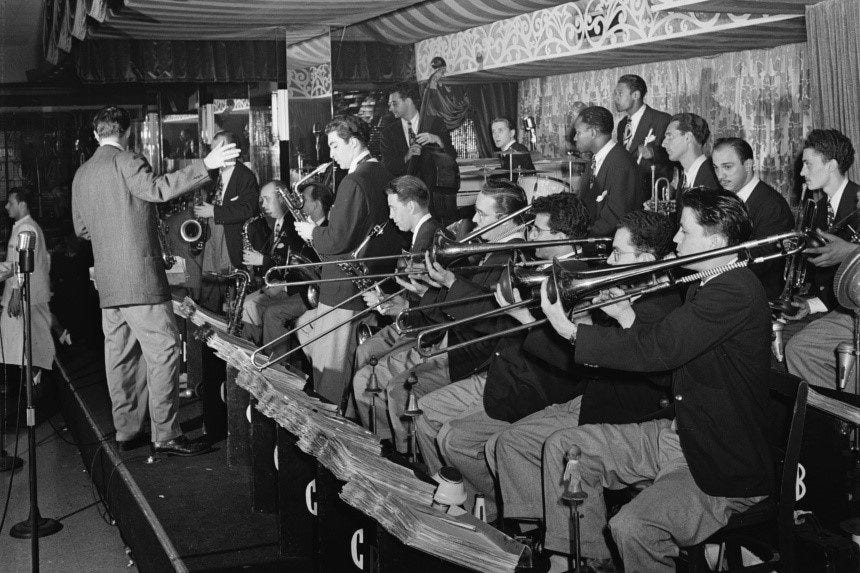

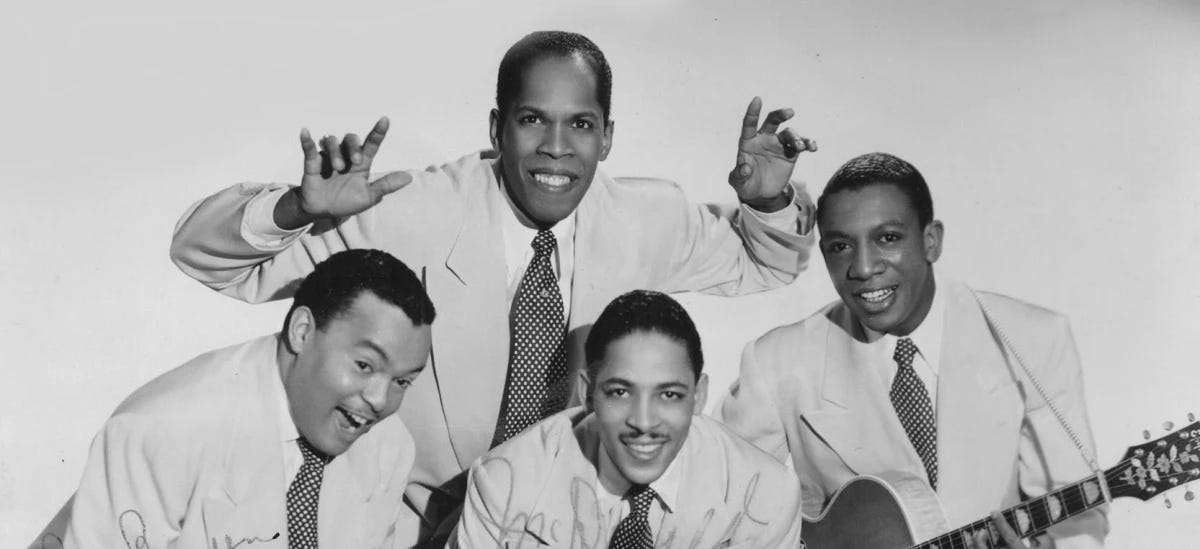

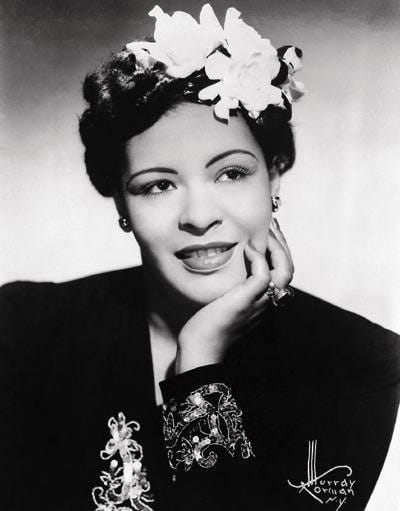
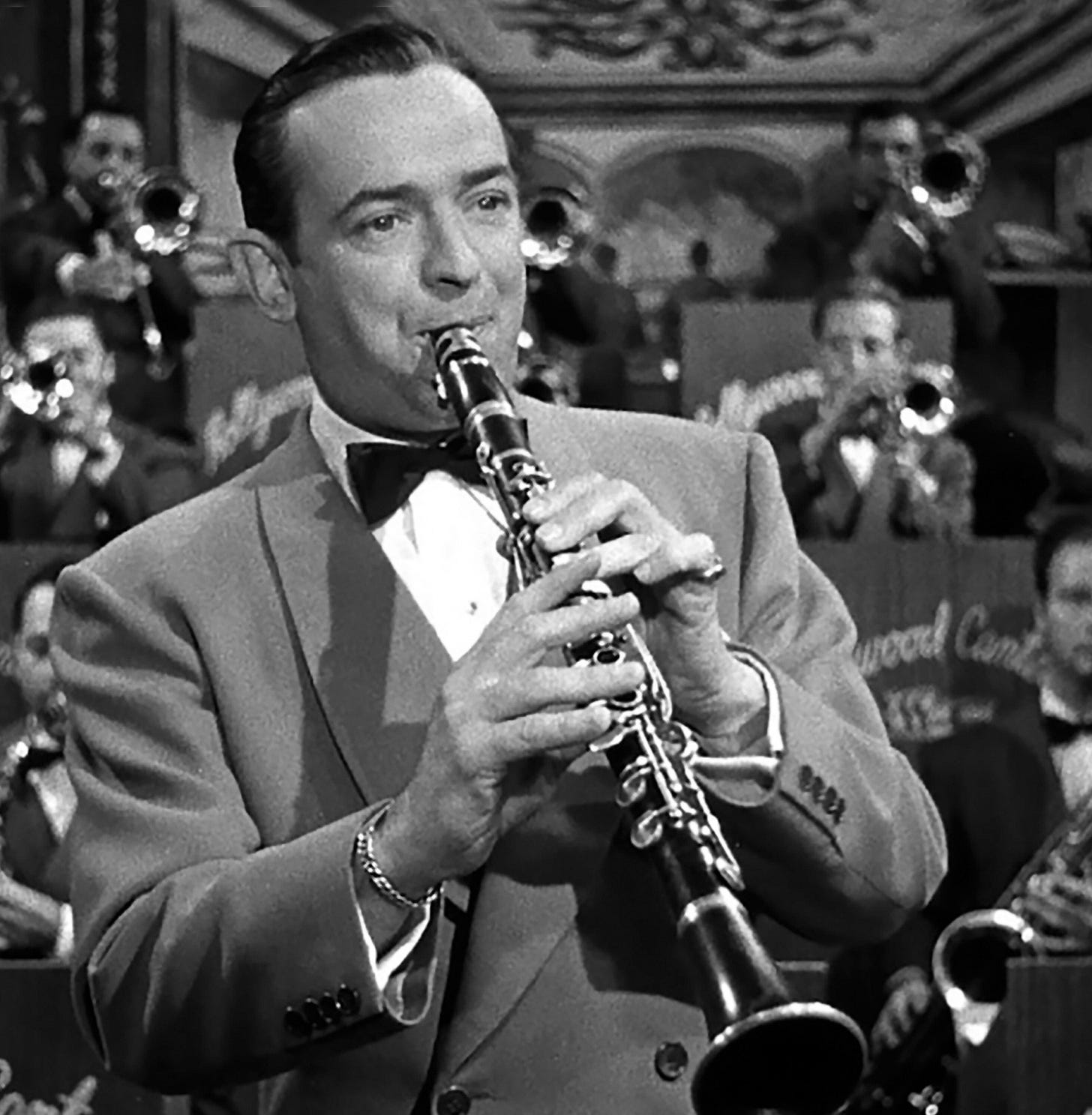
Great article. These artists had great passion and emotion. Really enjoyed seeing them recognized in your article.